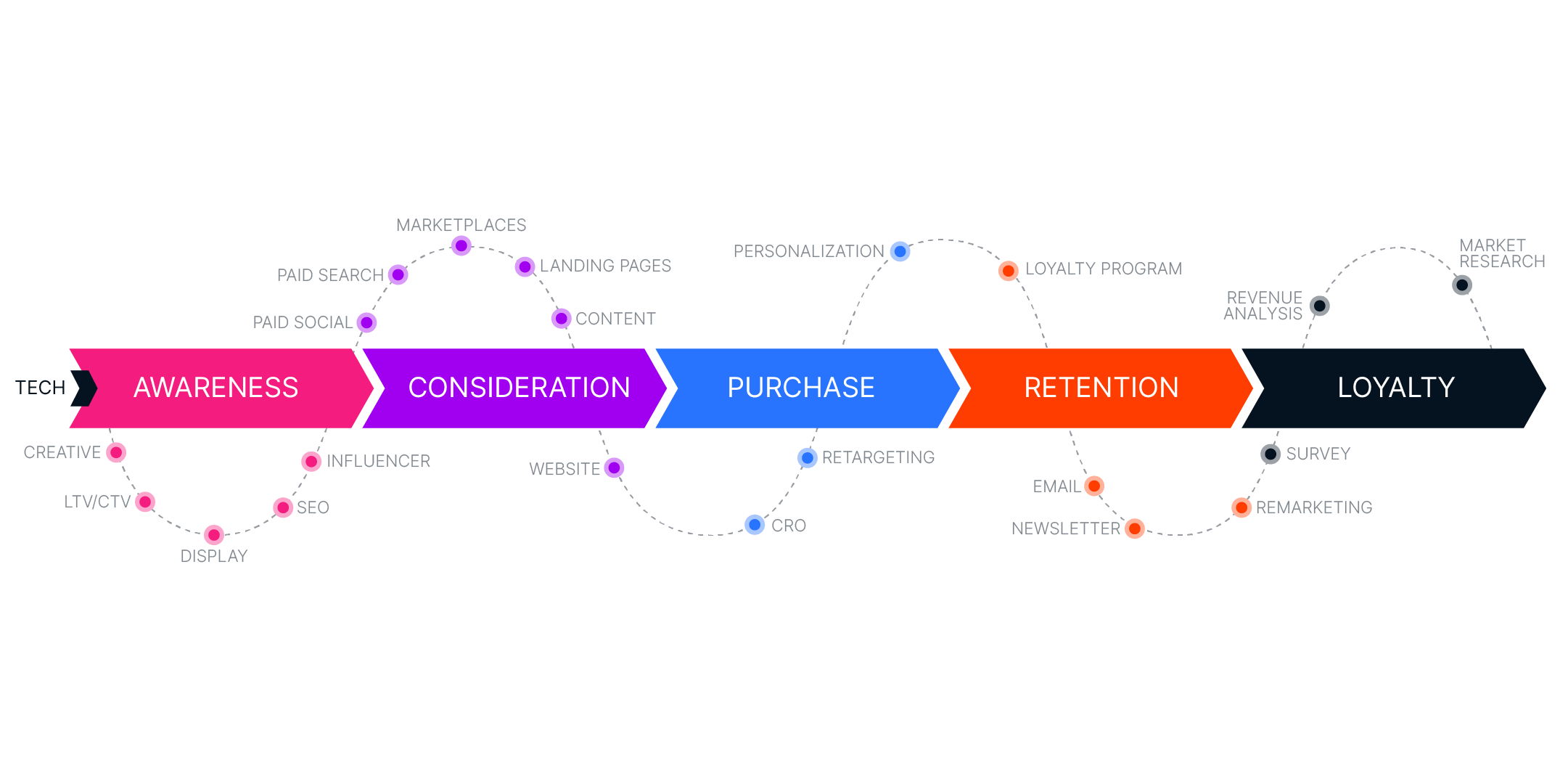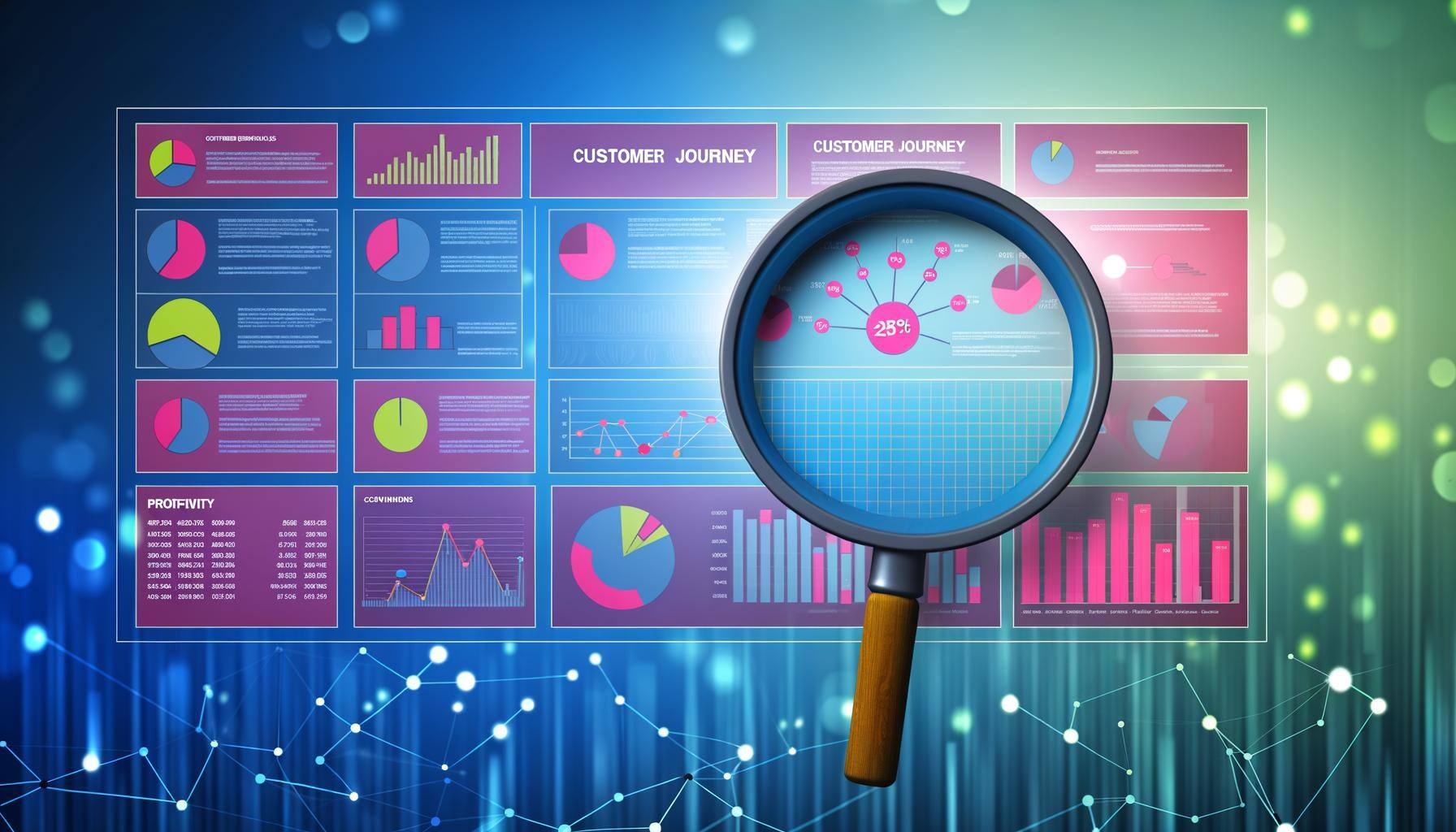The eCommerce landscape has transformed. Remember the data frenzy of a few years back? More data, more insights, more growth – that was the mantra. But guess what? We've hit a saturation point. According to a study by Everest Group, the amount of data businesses generate is growing at a rate of 2.5 quintillion bytes per day. This highlights the challenge for businesses to effectively manage this ever-growing sea of information. All that data's become a double-edged sword – a burden to sift through and actually use.

Here's the key: it's not about how much data you have, it's about getting the good stuff and wrangling it into actionable insights. We have to understand the history here, especially the reliance on cookie-based tracking. That's what got us into this mess. Privacy concerns are rising, with a Forrester report revealing that 72% of consumers are concerned about their data privacy. This, along with regulations like the upcoming California Privacy Rights Act (CPRA), means we must rethink customer data analytics. We need sustainable, privacy-centric ways to track the customer journey.
The Cookie Conundrum: Think Beyond Third-Party Tracking
For years, first and third-party cookies were the gold standard for eCommerce data. They gave us a treasure trove of customer info. But the landscape's changed. Privacy concerns are rising, and updates like iOS 14.5 have crippled cookies. This means we have to rethink customer data analytics. We need sustainable, privacy-centric ways to track the customer journey.
Mastering the Customer Journey: Making Your Ad Spend Sing

The heart of eCommerce success lies in understanding your customer's journey. But tracking that journey across all those touchpoints can be a nightmare. Data from marketing channels, shopping carts, and analytics often tells conflicting stories. This leads to wasted ad spend. Here's the fix: take a holistic approach.

Integrate all that data to get a clear picture of the customer journey. Then, you can allocate your marketing budget way more effectively and get way more bang for your buck. A McKinsey study found that companies that personalize the customer journey see an average revenue uplift of 5-15%. This highlights the value of a holistic data approach that personalizes the journey and boosts revenue.
Attribution Models: Where Does Your Revenue Really Come From?
Figuring out which marketing channels are actually driving revenue is crucial in eCommerce. But traditional attribution models, like last-click, just don't cut it anymore. They mislead you about how effective your channels really are.
We need nuanced models that consider the interplay between all your marketing efforts. This lets you make smarter decisions about where to spend your budget, ensuring every dollar drives sustainable revenue growth. The industry is trending towards multi-touch attribution models, with a Sourcepoint study revealing that 72% of marketers are planning to adopt one.
From Growth at Any Cost to Profitable Growth
The days of chasing growth at all costs are over. Now, it's all about sustainable growth that drives profits. This means looking beyond vanity metrics like customer acquisition cost (CAC) and lifetime value (LTV).
We have to factor in things like the Marketing Efficiency Ratio (MER) to get a complete picture of the business's health. These profitability metrics help eCommerce businesses strategize for long-term success, not just short-term wins. According to Shopify, the average CAC for an eCommerce store is $40 - $100. Framing the Marketing Efficiency Ratio (MER) as a key metric helps optimize CAC and achieve profitable growth.
Building a Data-Driven Dream Team: Finance + Marketing = BFFs
The final piece of the puzzle? Breaking down the silos between finance and marketing. Traditionally, these departments have operated in their own worlds, with no clue how the other contributes to growth. But here's the secret: collaboration is key. By fostering a data-driven culture where finance and marketing work together, eCommerce businesses can ensure everyone's aligned in their goals and strategies. Studies show data-driven collaboration between marketing and finance can improve ROI by up to 15% (source needed). This collaboration is the recipe for maximizing growth and profitability.
Navigating the eCommerce data landscape requires a mindset shift. We have to move from data collection to insightful analysis and application. By understanding customer journeys, embracing better attribution models, focusing on profitability metrics, and fostering collaboration, eCommerce businesses can leverage data to achieve sustainable growth. It's a tough journey from data overload to actionable insights, but the rewards of a data-driven strategy are worth the effort.





